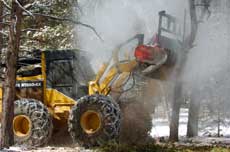The radio interview with Glenwood Springs Fire Marshal Ron Biggers is a great way to learn more about risk reduction, wildfire, the wildland urban interface, and the outlook for 2014 and beyond.
Month: July 2014
Pine Beetle Video 2
PART 2 of Mountain Pine Beetle series: “On the trail of the Mountain Pine Beetle”
If video doesn’t show up you need the Latest Version of Quicktime
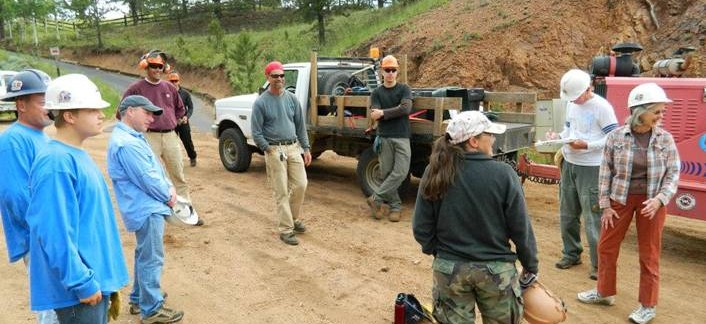
Fire Adapted Communities Resources
Wildfire mitigation is a community-wide effort. That means we all need to understand how to build relationships and work together to improve resiliency in our communities. Lessons from wildfire social science can help us understand the human dynamics involved in improving the health of our forests and reducing the risk of wildfire.
The Fire Adapted Communities Learning Network Blog highlighted some helpful social science research projects funded by the Joint Fire Science Program in a recent blog post:
Social Science at the Wildland Urban Interface: Creating Fire-Safe Communities
The Role of Adaptive Capacity in Creating Fire Adapted Human Communities
Community Wildfire Protection Plans: Enhancing Collaboration and Building Social Capacity
Welcome to the Bailey Healthy Forests Initiative
Welcome to the new site of the Bailey Healthy Forest Initiative (BHFI). This is a partnership project between the United States Forest Service, the Colorado State Forest Service, Park County, the City of Bailey, the Coalition for the Upper South Platte, the Governor’s Energy Office, the Colorado Department of Local Affairs, the Natural Resources Conservation Service, the Colorado Forest Restoration Institute at CSU, the local business community, home owners and home owners’ associations, and others. Our goal is to improve forest health, reduce beetle infestations, and reduce the potential impact of forest fires in and around the Bailey area.
For CHIPPING Info. Please go Here: www.cusp.ws/forest-issues-2/chipper/
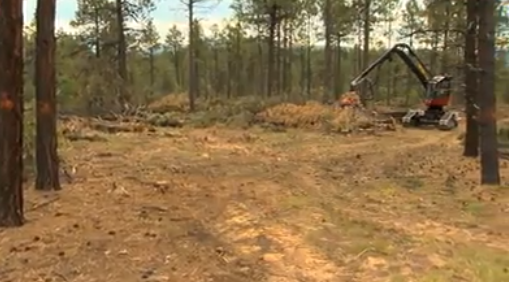
Colorado’s Forests: Challenges and Opportunities
The Colorado State Forest Service has produced a series of informative videos covering the challenges in our forests and what can be done and is being done to address these challenges.
Take a look at the Colorado’s Forests: Challenges and Opportunities video series:
Part 1: Background and Forest Issues of Concerns
Part 2: Forest Management as a Solution
Fire Adapted Communities Learning Network
Firefighters can’t always protect every home from wildfire – especially if you haven’t done your part to prepare. You can take important steps around your home to make it safer for you, your family, and your neighbors. Start now by setting an example and helping create Fire Adapted Communities before the next fire approaches!
Click here to get started on the Fire Adapted Communities path
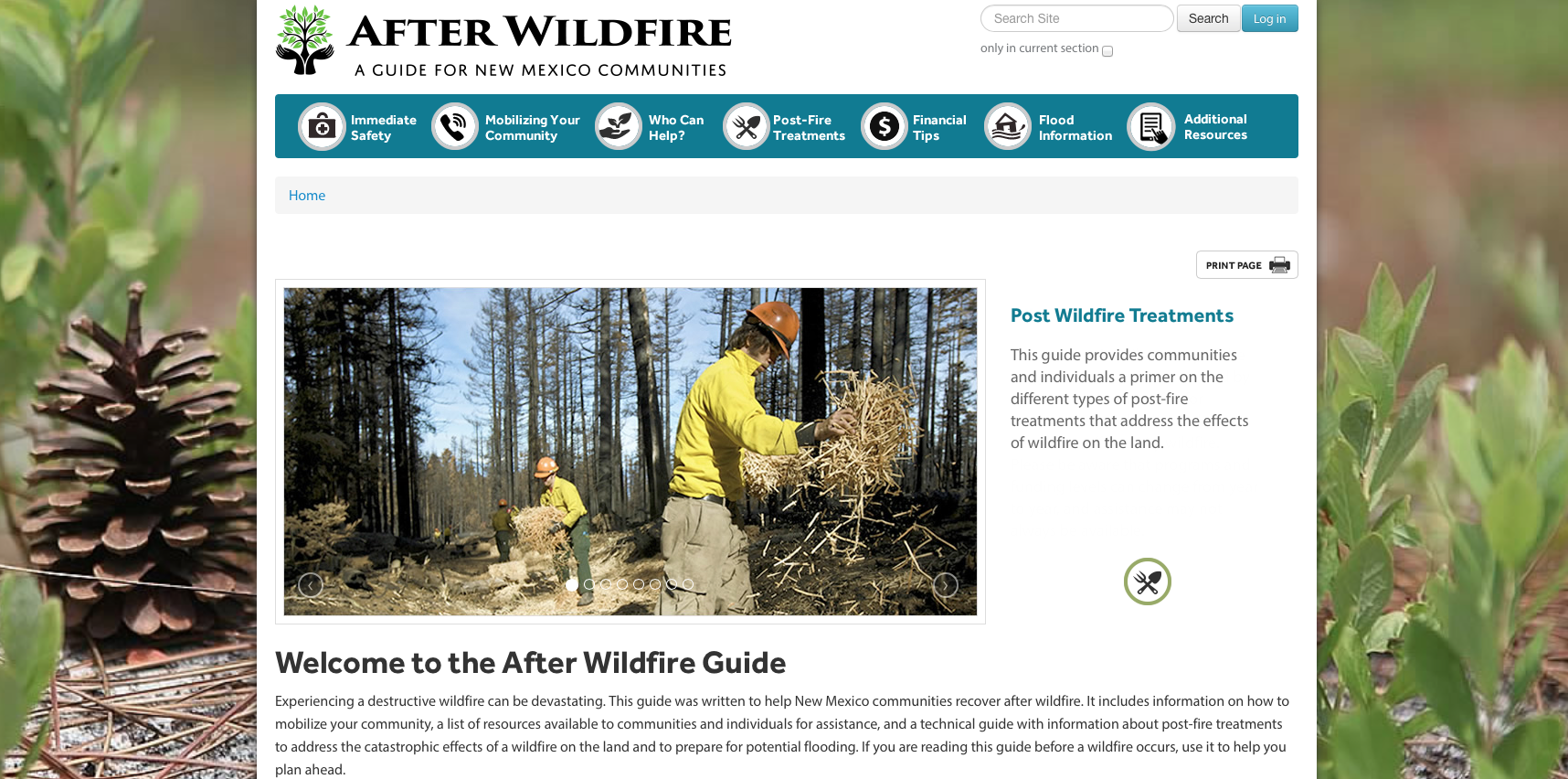
After Wildfire Guide
The ‘After Wildfire: A Guide for New Mexico Communities’ website is a great resource for understanding what to do after a large wildfire. Although the guide is tailored for New Mexico communities, much of the information is relevant for communities grappling with post-fire impacts throughout the West. The guide is also useful for preparing for wildfires and post-fire flooding before disaster strikes.
The website includes information on:
- Immediate Safety
- Mobilizing Your Community
- Who Can Help?
- Post-Fire Treatments
- Financial Tips
- Flood Information
- Additional Resources
Mastication, a critical tool
Mastication Machines are used by the U.S. Forest Service in remote locations where access prohibts the removal of products and where the public would have a difficult time accessing the area for firewood. These large machines chew up small diameter trees and leave the residual wood on site in small chunks. As the Bailey area is thinned, this tool will continue to provide the opportunity to thin trees behind private lands and in remote locations.
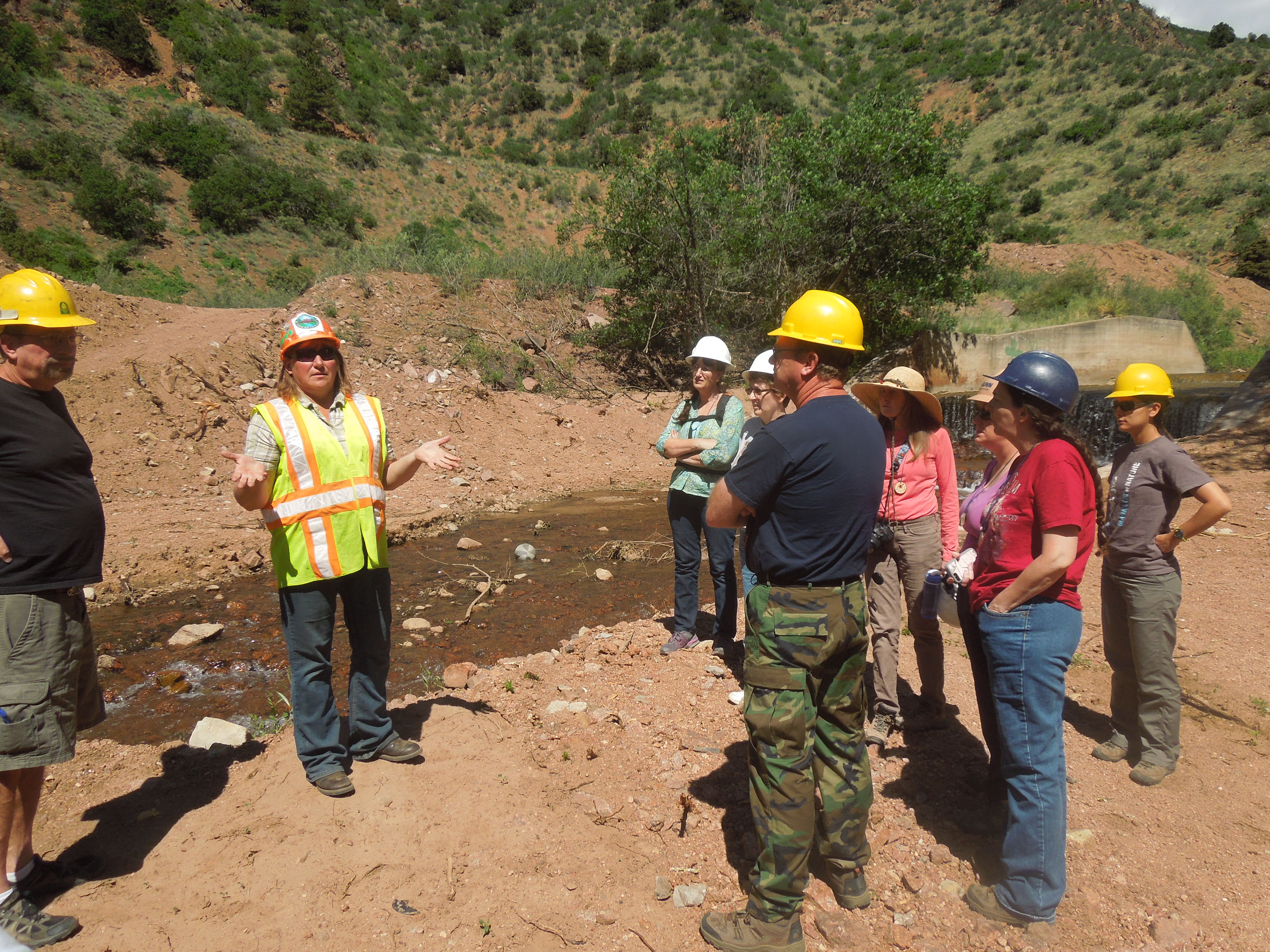
Fire Ecology Institute Reflections
With support from Fire Adapted Communities, CUSP sponsored the Fire Ecology Institute in Florissant, CO last month. This weeklong program put on by Colorado’s Project Learning Tree allows educators to dive into forest and fire topics and understand how they can bring these concepts back to their students. Reflections from participants and lesson plans are now available to look through at http://coloradoplt.org/our-programs/fire-ecology-institute/
Some of the reflections from this great program –
“To sum the FEI up, I can honestly say I was tired from the very long days, I am full of new knowledge and have a new appreciation for the forests and the effort needed to keep our forests as they should be. I look forward to using my new knowledge to teach my students about fire ecology. I have been inspired to think about starting a fire ecology camp for middle school students.”
“No textbook or lecture can teach as much as the experience of actually walking, touching and seeing fire ecology.”
“Being a student at the Fire Ecology Institute will impact and enhance my life as a firefighter and as an educator, because I am able to integrate my knowledge and experience in order to teach others.”
“Experiencing these topics and issues have enhanced my love for the environment and have opened my eyes to another perspective of the world of fire.”
“I understand what the news is explaining to the community, and I know I can share that knowledge with kids who will be able to explain things to their own families.”
“There was one idea that hit me like a ton of bricks and has caused a dramatic shift in the way I view forests: our forests are not in their natural state right now. While this was reiterated time and again throughout the institute, every time I heard it, I was just baffled that I’ve grown up my entire life with this misconceived notion of what a forest should be. I have to everyone, since my return to Fort Collins, about this and that it is due to the fire suppression during the last century. Not one person that I’ve talked with knew about this before I told them.”
“The first day of class, the speakers were talking about mitigation; I wasn’t even exactly sure what this word meant. However, our first fieldtrip was to see the aftermath of the Black Forest fire. Seeing the homes that were mitigated and the ones that were not, I understood how imperative mitigation is. I thought this was the first lesson to bring back to my students. It didn’t matter if you lived in the forest or simply near the grasslands; people must protect their homes.”
“This weeklong experience opened my eyes to new opportunities to share with our youth as our well as our community members. It was motivating to hear how the other educators in our group were going to bring back what they learned into their classrooms. I believe fire ecology is an important issue to be taught to all ages. This five day class was fascinating and taught me that one does not have live close to the forest to appreciate the impact that the forest has on each and every one of us in Colorado.”
“This class has been the missing link I have needed to get reenergized about teaching and bring meaningful, relevant course work back into all my classes.”
“I now feel I can confidently teach, not only about fire ecology, but the mitigation practices and community outreach. Students in my area are very out of touch with their neighbors and community. This would be a great subject to breach and start up a conversation on the importance of team work and watching over our community as a whole not just single individuals.”
“I came away from this class with a head full of ideas, a reenergized sense of place and excitement to start the next school year. I would recommend this class to anyone interested in fire ecology or a need to refresh their teaching ideas with new natural resource concepts.”
“I found out about fuel suppression and home management practices for stronger community safety because in an area like Colorado, the residents must understand that fire season, like snow season is a natural occurrence we must be prepared to encounter and work with in our lives. Before coming to the FEI I thought that it was other’s responsibility to control and protect against all fire. Now I know it is my responsibility as a community member to maintain my home and the area around it so that fire has less of a chance to reach the crown of the trees and spread rapidly.”
“I have already begun to spread the ideas I learned through my Facebook learning communities set up by the National Association for Environmental Education. I also am talking with family and friends. I just got asked by one of my supervisors to come up with a month long (four) series of outdoor education outlines of topics for fire ecology lessons that can be taught at the preschool level.”
“The need for fire has changed my perspective about the forests that our right outside our back door and this will directly impact how I plan to use my own learning to teach my class about fire ecology.”
“Throughout the week, I kept building a “To Do” list which included things like: eliminate all of the ladder fuels on my property, clean out the gutters (in the event of an ember storm, this is a tinder box!), clear out any flammable debris around the house (especially within a 5-foot radius), consider replacing parts of my wood fence that come up to my house with something less likely to catch on fire, and taking measures to make my address more viewable from the street. This was just on a personal level, and in made me think about all the work a “firewise” community has ahead of it.”
“The work we did in the field was eye-opening, and made me realize that so many people are involved in keeping communities safe and assets protected.”
“Our forests are one of our greatest resources and should be respected; I believe that knowledge passed on to our youth about this great resource is necessary if we as a nation are going to preserve them.”
“Understanding that fire is an essential part of forest ecology is imperative if we are to help our forests return to a healthier state and to understand how to best steward that action.”
“It is becoming apparent that people are beginning to understand fires and their essential nature to forest ecology, and I am happy to be able to eloquently speak about such things with people now in a way that feels educated and knowledgeable.”
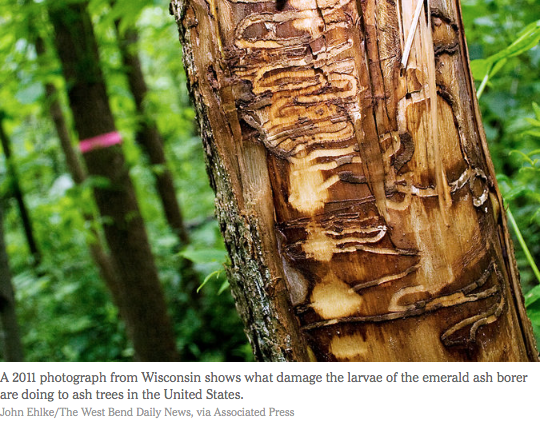
After the Trees Disappear
Ecosystems change when disturbances like emerald ash borers come to town. Take a look at ‘After the Trees Disappear – Ash Forests After Emerald Ash Borers Destroy Them’ by the New York Times for an example of how large disturbances alter forests. The emerald ash borer will primarily affect the urban forest in Colorado, but other disturbances (mountain pine beetle, catastrophic fire, etc.) in large swaths of our mountain forests have already had the kind ecosystem altering effects discussed in the article.
